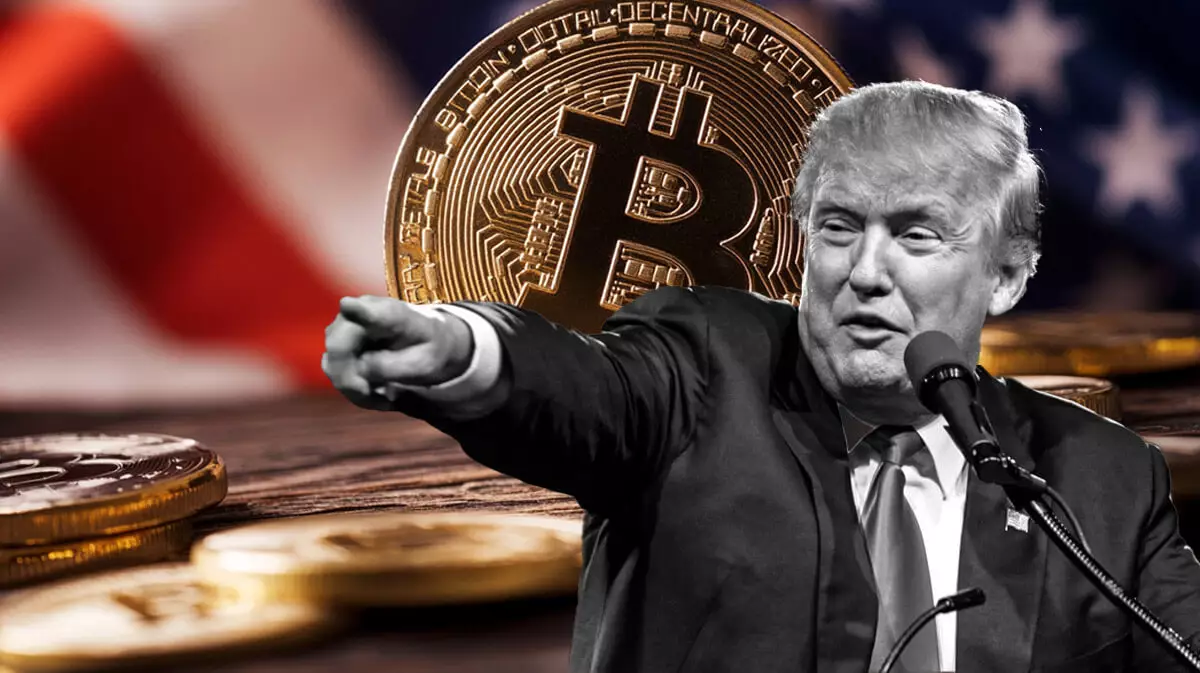The cryptocurrency market is a complex ecosystem that has rapidly evolved over the past decade. Despite the tremendous growth and potential that digital currencies offer, the industry is fraught with challenges, particularly concerning asset custody. As cybercriminals increasingly focus on cryptocurrencies, the need for secure custody solutions has become paramount. This article delves into the current state of crypto custody, exploring the intricacies that differentiate it from traditional asset custody and examining the market dynamics that influence its growth.
The world of cryptocurrency is reminiscent of the Wild West, where both opportunities and threats coexist. Unlike the relatively straightforward task of safeguarding stocks and bonds, crypto custody involves a significantly higher level of risk. Experts highlight that managing cryptocurrencies can be up to ten times more expensive than traditional asset custody, as indicated by Hadley Stern, the chief commercial officer of Marinade, a custody tool tailored for the Solana blockchain. The complexity involved in securing these volatile digital assets has led to burgeoning costs, making it an attractive yet challenging opportunity for financial institutions eager to tap into this lucrative niche.
The rapid growth of the crypto custody market—currently valued at around $300 million and expanding at approximately 30% annually—underscores this potential. As noted by finance professor Campbell Harvey from Duke University, many financial firms are positioning themselves for substantial market growth, speculating that crypto custodianship will become a cornerstone of the wider financial ecosystem. However, with opportunity comes the inevitable burden of risk management, reinforcing the notion that navigating this space requires astute strategic planning.
Currently, the crypto custody domain is led primarily by Coinbase and BitGo. However, mainstream financial institutions like BNY Mellon, State Street, and Citigroup have begun to explore this sector amid mounting interest. Despite this shift, many traditional banks have approached crypto custody with caution, mainly due to regulatory uncertainties that cast a long shadow over the industry. BNY Mellon, for instance, launched a limited digital asset custody platform focusing initially on Bitcoin and Ethereum, which illustrates the conservative pace at which traditional finance is adapting to the demands of crypto.
Conversely, Nasdaq’s decision to halt its crypto custody initiative, citing an ever-evolving regulatory landscape, reflects the trepidation and uncertainty that persist among major institutions. This hesitance is often rooted in the crypto community’s skepticism toward third-party custody services, encapsulated by the phrase “not your keys, not your coins.” Such sentiments emphasize a fundamental belief in individual control over assets, further complicating the landscape for firms seeking to establish credible custody solutions.
Regulatory Hurdles and Challenges
The regulatory framework surrounding crypto custody remains fraught with obstacles. The SEC’s rule, known as SAB 121, presents significant limitations for financial firms attempting to offer custody services. Efforts to dismantle such regulations have met resistance, as demonstrated when President Biden vetoed a congressional attempt for reform. Nonetheless, a few banks have managed to navigate the complexities and secure exemptions from certain provisions, though the process has often lacked transparency.
Industry stakeholders, like David Portilla of Davis Polk & Wardwell LLP, articulate a viewpoint that existing legal and supervisory frameworks sufficiently address the risks outlined in SAB 121. This dissonance between practical requirements and regulatory expectations underlines a pressing need for clarity and consistency in policy application, particularly as the sector confronts changing political dynamics in the United States.
Looking Ahead: The Future of Crypto Custody
As the U.S. approaches a pivotal presidential election, the crypto community is holding its breath, particularly given former president Donald Trump’s promises to revamp crypto policy. Executives like Bobby Zagotta of Bitstamp view changes in leadership as potential catalysts for industry growth and regulatory reform. If Trump were to succeed, a more favorable environment for crypto custody could emerge, empowering overseas players, such as London-based Copper, to enhance their presence in the U.S. market.
Crypto custody encapsulates a multifaceted array of challenges and opportunities that set it apart from traditional asset management. As the market matures, the resolution of regulatory uncertainties and the strategic positioning of financial institutions will determine the future trajectory of this crucial segment. The ongoing evolution of crypto custody not only reflects the growing legitimacy of cryptocurrencies but also emphasizes an urgent need for innovative solutions that can effectively navigate the myriad of risks inherent in this dynamic landscape.

